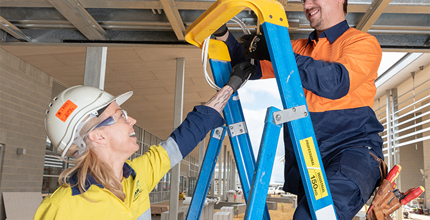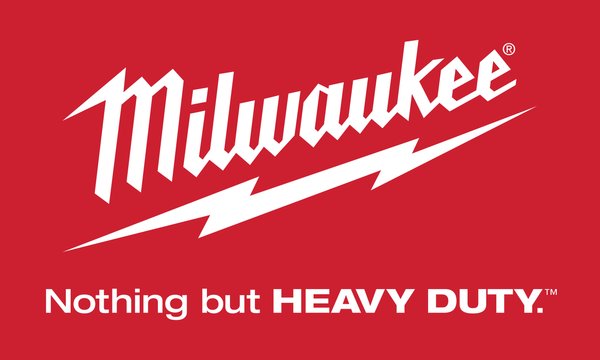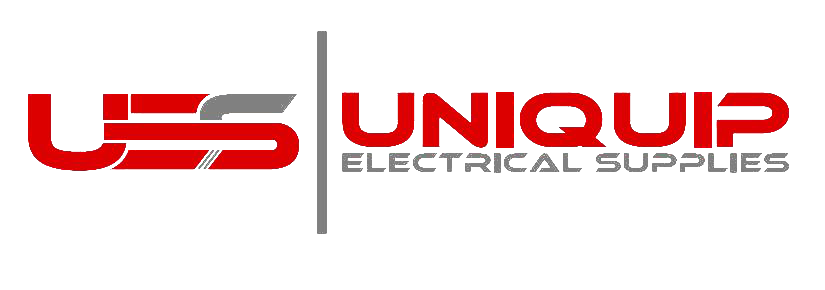Safety Alert 130 | Hand Safety

Hand and wrist injuries are among the most frequent and serious workplace incidents, often resulting in hospitalisation, long-term disability, nerve damage and significant time off work. Construction sectors have the highest rates of hand injuries tasks involving sharp tools and unguarded machinery stand out as leading causes.
Serious hand injuries occur most often when workers aren’t wearing appropriate protective gloves, with incorrect or absent PPE contributing to up to 70% of hand related incidents.
Causes of Hand Injury
- Cuts and lacerations from sharp tools or materials
- Hands getting crushed or pinched from moving machinery or hand tools
- Muscle strain in hands from overuse or repetition
- Burns from hot surfaces, chemicals or electricity
Prevention
Protecting your hands is simple if you follow key safety principles:
- Always wear the correct PPE for the task (e.g., cut-resistant, insulated, or chemical-resistant gloves).
- Stay aware of your surroundings- know where your hands are and what's happening around you.
- Use the right tool for the job and ensure it's in good condition and regularly maintained.
- Never rush a task- haste leads to mistakes and increases the risk of injury.
- Secure loose clothing and hair to prevent entanglement in moving parts.
- Ensure machine guards and safety systems are in place and functioning properly.
- Keep floors clean and dry by removing spills, debris, and other trip hazards.
- Ensure proper lighting so your work area is clearly visible at all times.
- Never use tools or equipment unless you’ve been trained and authorised.
Think Before You Reach
- Never place your hands where you can't see them, hidden hazards can cause serious injury.
- Always ensure your gloves are not damaged and are the correct gloves for the task.
- Never use your hands to check temperatures, use proper tools.
- Never put your hand in the line of fire.
For further information or feedback regarding this Safety Alert, please contact EGT on (08) 6241 6100 or talk to your Field Officer.
















